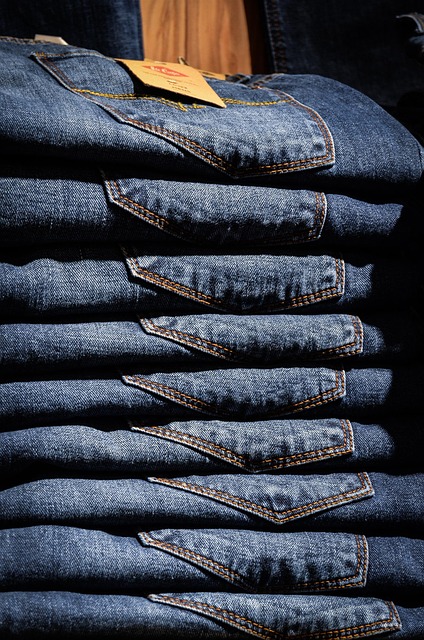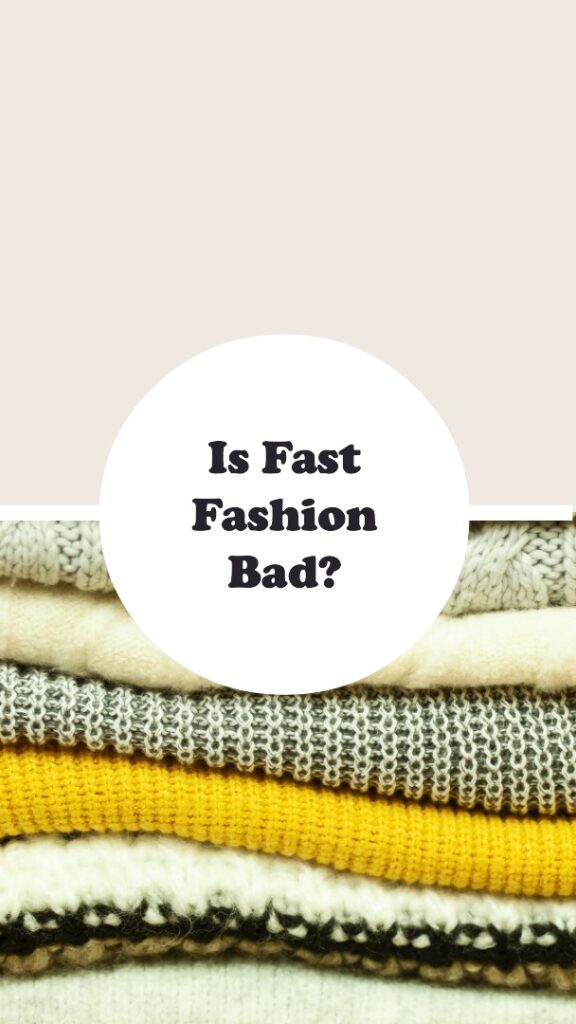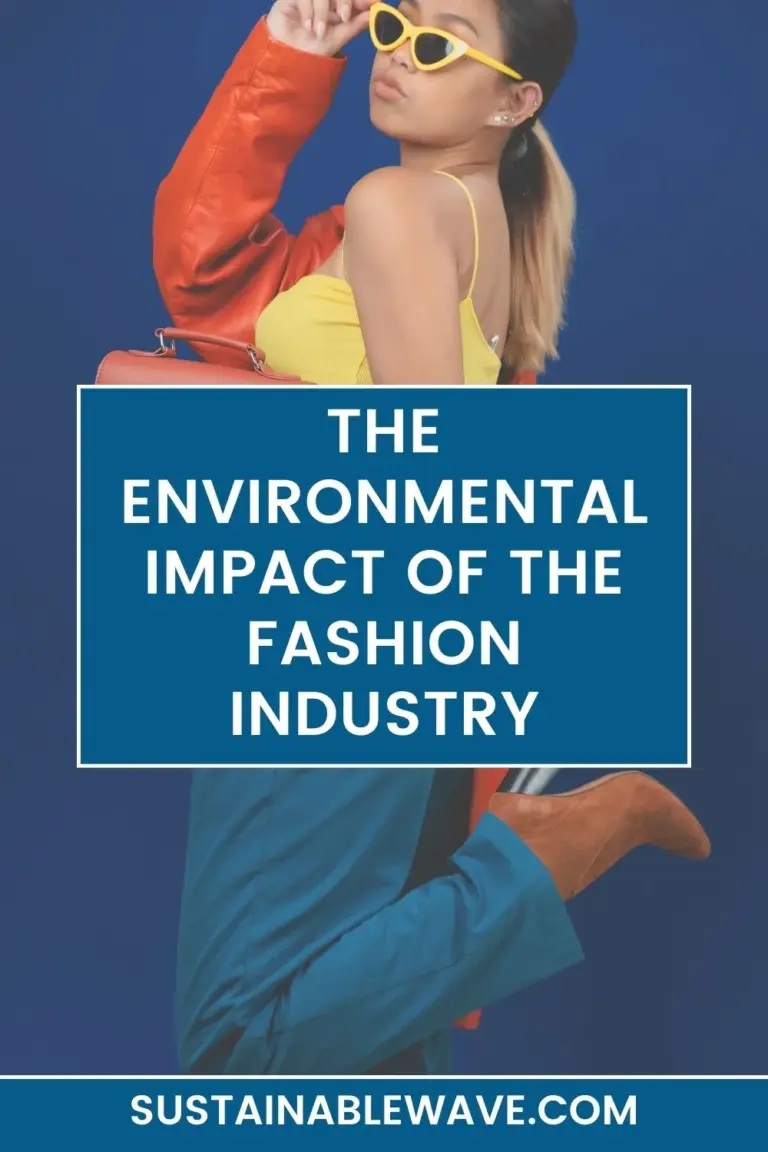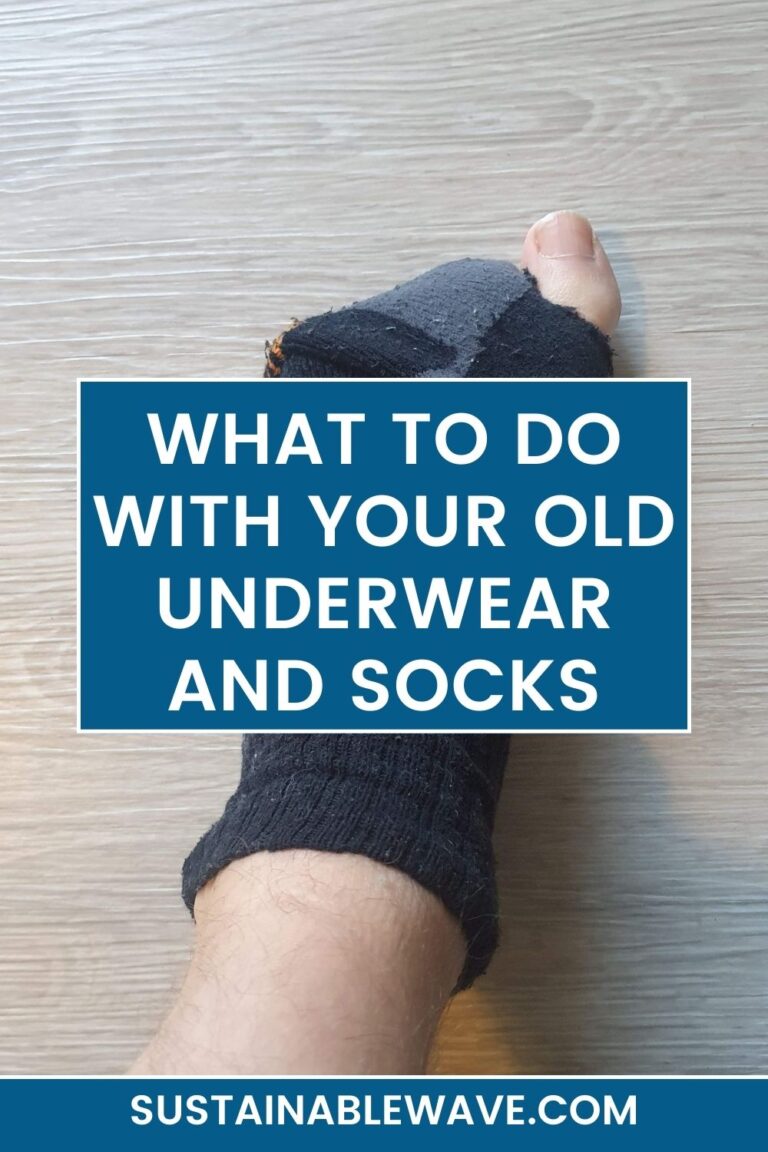The world of fashion is notorious for its ever-changing trends and the need to always stay one step ahead. But as the fashion industry shifts into the fast lane, one question lingers in the air: Is fast fashion bad?
Yes, fast fashion, the rapid production, and the consumption of low-cost clothing is indeed harmful. It’s bad for the environment, the economy, and human rights.
This article peels back the layers on this hot-button issue, digging deep into the impacts of fast fashion on our society, environment, and the people who make our clothes.
Is Fast Fashion Bad?

We’ll break down these areas in detail to illustrate just why fast fashion has earned its not-so-great reputation.
Environmental Impact of Fast Fashion
Fast fashion’s environmental footprint is significant and alarming. The industry’s thirst for cheap, quick clothing production and consumption has severe ecological consequences, from excessive water use to landfill overload.
Let’s take a deep dive into some key issues:
- Water Pollution: The textile industry, driven by fast fashion, is one of the largest polluters of fresh water globally. During the dyeing process, harmful chemicals are released into water bodies, negatively impacting aquatic life and posing health risks to communities dependent on these water sources.
- Excessive Water Use: The production of fast fashion items also requires staggering amounts of water. For example, to grow the cotton needed for just one pair of jeans, it takes roughly 7,000 liters of water, equivalent to the amount of water one individual drinks in 5-6 years.
- Textile Waste: Fast fashion contributes massively to the escalating issue of textile waste. With ever-changing trends, clothes are quickly deemed ‘out of fashion’ and discarded. Globally, about 85% of textiles produced each year end up in landfills. Moreover, many fast fashion items are made from synthetic, non-biodegradable fabrics which persist in the environment for hundreds of years.
- Carbon Emissions: The fast fashion industry is responsible for a significant chunk of global carbon emissions, contributing to the accelerating pace of climate change. From manufacturing to transportation, each stage of a garment’s life cycle releases greenhouse gases into the atmosphere.
- Biodiversity Loss: The land needed to grow the raw materials for fast fashion often leads to deforestation and habitat destruction. This, coupled with the use of pesticides and other harmful chemicals in the cultivation of these crops, wreaks havoc on local ecosystems and biodiversity.
The environmental implications of fast fashion underscore the urgent need for the industry to shift towards more sustainable practices.
Economic Impact of Fast Fashion
Fast fashion’s economic effects extend beyond the price tags on the clothing rack.
While it might seem like a boon for consumers’ wallets and a boost to the economy, a deeper look reveals significant economic drawbacks.
- Disposable Culture and Economic Loss: Fast fashion promotes a ‘wear-and-discard’ culture due to its ever-changing trends. As a result, the lifespan of clothing items has significantly reduced, leading to an astronomical amount of textile waste. This represents a massive economic loss, with the potential value of recyclable materials lost to landfill estimated to be around $100 billion annually.
- Undermining of Local Industries: The proliferation of fast fashion chains selling low-cost apparel often poses a significant threat to local clothing industries. Small-scale businesses and traditional craftsmen struggle to compete with these low prices, leading to a loss of livelihoods and a decline in traditional skills and crafts. This can potentially lead to economic instability in local communities.
- Low Wage Economy: Fast fashion’s profitability largely relies on low production costs, which often means paying workers less than the living wage. This perpetuates a low-wage economy, particularly in developing countries, where most garment production takes place. While it might seem like the industry is creating jobs, the quality of these jobs and their ability to provide a decent standard of living is questionable.
- Resource Depletion: Fast fashion’s high production rate depletes natural resources at an alarming pace, which can have severe economic repercussions. The industry’s excessive water usage and dependency on non-renewable resources, like oil for synthetic fibers, can lead to increased competition for these resources, resulting in higher costs and potential conflicts.
Human Rights Impact of Fast Fashion

In the pursuit of cheaper clothing and higher profits, fast fashion has often turned a blind eye to basic human rights.
Let’s take a closer look at the grim reality behind the price tag:
- Labor Exploitation: The push for lower production costs often translates into gross labor exploitation. Garment workers in fast fashion supply chains, predominantly in countries like Bangladesh, Cambodia, and India, are often subject to long working hours, pitifully low wages, and unsafe working conditions. In fact, the relentless demand for quick, cheap production has sometimes resulted in fatal accidents, such as the tragic Rana Plaza collapse in Bangladesh in 2013, where over 1,000 garment workers lost their lives.
- Child Labor: The pressure to keep costs low also leads to the use of child labor in fast fashion. It’s estimated that millions of children, some as young as five, are working in the global fashion supply chain. These children are often subjected to dangerous working conditions and are robbed of their childhood and education.
- Lack of Worker Rights: The right to form and join trade unions, an essential component of decent work conditions, is often suppressed in the garment sector. Many fast fashion factories have a history of union-busting and rarely provide workers with contracts, leaving them with little to no job security.
- Gender Discrimination: The fast fashion industry predominantly employs women — they make up around 80% of the global garment workforce. Yet, they are often underpaid, overworked, and subjected to various forms of harassment and abuse. This systemic gender discrimination adds another layer to the industry’s human rights abuses.
The human cost of fast fashion is stark, highlighting the need for urgent action.
It’s a clear call for consumers, brands, and governments to take a stand and push for a fair, safe, and dignified fashion industry.
The Counterargument: The Pros of Fast Fashion
While there’s a significant amount of criticism lobbied against fast fashion, there are some arguments made in its favor. However, it’s essential to keep in mind that these positives must not be examined in isolation, but rather, in the context of their broader implications.
Let’s delve into a couple of the main benefits often cited:
- Affordability: Fast fashion, with its low price points, is often lauded for its affordability. It has fundamentally democratized the fashion industry, making it accessible to a larger section of the population. Fast fashion brands make it possible for everyone to stay on trend, irrespective of their financial status. This enables consumers, especially those on a budget, to express their identity and style without breaking the bank.
- Job Creation: On the face of it, fast fashion appears to be a job creator, particularly in developing nations. Many of these countries rely on the textile and apparel industry for a significant portion of their GDP and employment. Fast fashion has been responsible for generating millions of jobs in these regions, often offering opportunities to unskilled laborers.
- Consumer Choice: Fast fashion also offers a wide variety of choices to consumers. With new collections being launched almost every week, consumers are spoiled for choice when it comes to picking clothes that align with their tastes and preferences.
- Economic Growth: Fast fashion contributes to economic growth in countries where manufacturing takes place. The industry’s rapid turnover rate necessitates constant production, which leads to an influx of money into these economies.
While these points highlight some potential advantages of fast fashion, it’s essential to scrutinize these benefits in light of the extensive harm caused by the industry.
These arguments for fast fashion don’t dismiss the pressing need for more sustainable practices and ethical labor conditions.
Final words

In the grand scheme of things, the verdict is clear: Fast fashion is bad.
Fast fashion is a heavy load on our environment, economy, and the rights of the people who make our clothes.
The allure of cheap, trendy clothes can be tempting, but it’s essential to be aware of the true cost of fast fashion.
I’m Thomas, the owner of SustainableWave. Passionately promoting a sustainable planet. With experience in various eco-roles, I’ll share green tips, sustainability hacks, and personal eco-journeys on my blog.




